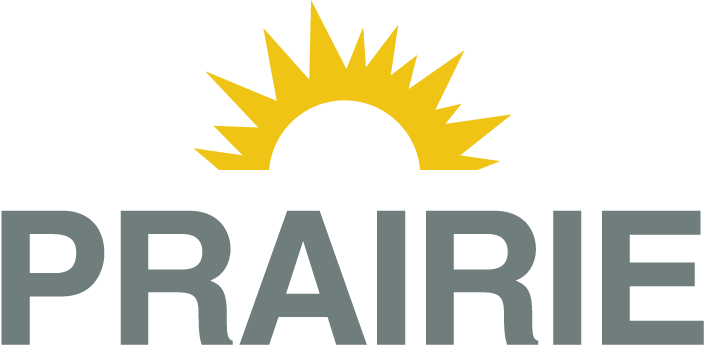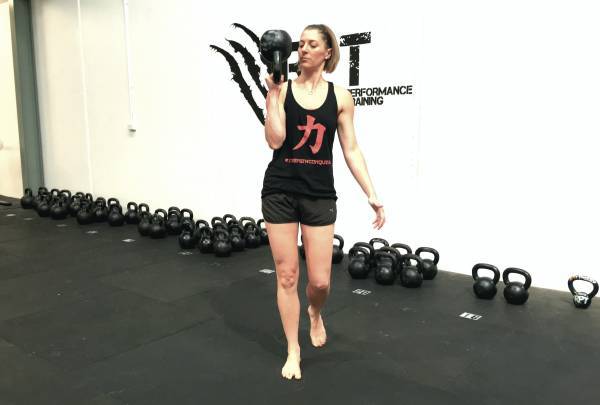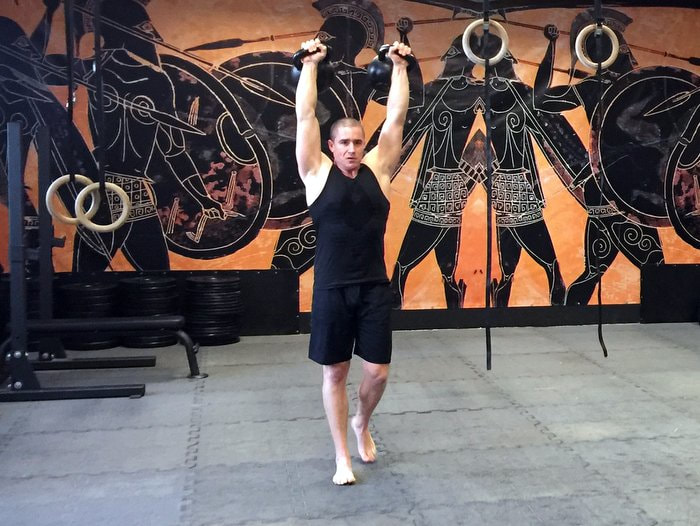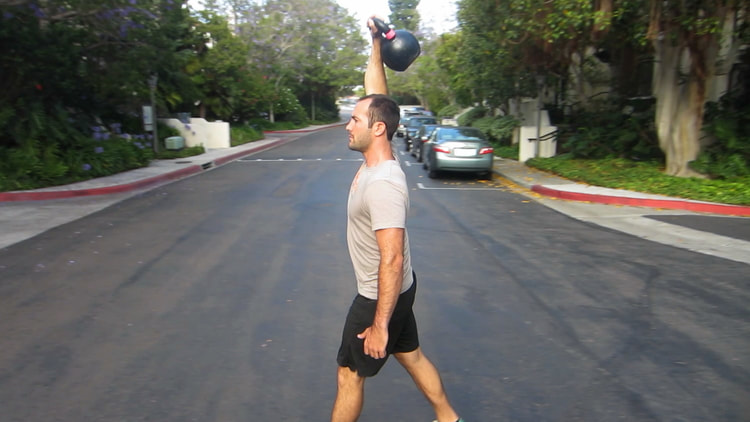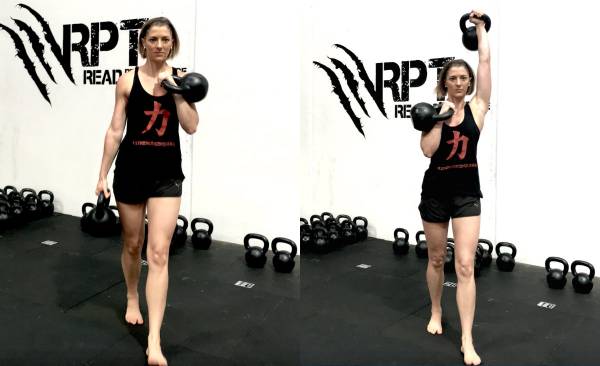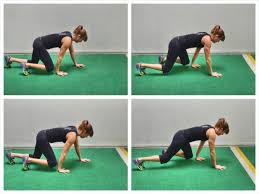Foundational Movement Patterns Part 3
This type of carry is a combination of any of the aforementioned unilateral variations.
Examples of offset carries include:
- Suitcase carry + single arm front rack carry
- Suitcase carry + waiter’s carry
- Single arm front rack carry + waiter’s carry
All the same postural rules apply to this carry progression.
Out of all these movement patterns, crawling is the one we’re naturally able to perform first at a very young age before being able to walk. Crawling isn’t just for small children though. Our body is challenged in many different ways when we perform variations of crawling. When we crawl, we coordinate our opposite limbs of our upper body and lower body as we do when walking and running, but also train core stability to prevent flexion (rounding), extension (arching), and rotation. In addition to those benefits, if you readlast month’s Coach’s Corner, you learned about closed chain and open chain exercises. This is a closed chain exercise where the hand that’s on the ground is stationary while our body moves. This is very important for building shoulder stability. There are many crawling variations but we’re going to cover two main ones we use at ESP.
A bear crawl is performed in a quadruped position (hands and knees).
- Start with hands directly under shoulders and knees directly under hips.
- From here, lift knees only a couple inches off the ground, but not too high because shins and back need to stay parallel to the ground.
- This exercise is often butchered and done incorrectly where speed becomes the goal (NOT the goal) then hips go up in the air, back rounds, and hips rotate. This completely defeats the purpose of this exercise.
- With a good starting position, crawl forward and synchronize opposing limbs.
- Take your time to prevent any hip rotation from occurring.
- At the shoulder, the scapula (shoulder blade) goes through motions of protraction (pressing away from ground), elevation (rising to ear), and depression (lowering to back pocket), therefore very effective for strengthening the shoulder girdle.
- Bear crawls can be done forward or backward.
This is a crawl where you move to the side. Just like bear crawls, opposing limbs must coordinate and hip rotation must be minimized. When moving to the side, our scapula moves in the motion of retracting (pinching back) and protracting (pressing forward) more than a bear crawl.
- Start in push up position and move your right hand with the left leg, then left hand right leg.
- Don’t let your lower back arch or let hips rise too much.
- Always maintain good core form with a straight line from head to heels.
This exercise can be progressed by adding a light resistance band on the wrists or by starting in a bear crawl position. The bear crawl position creates a smaller base of support making it more difficult to maintain core stability.

